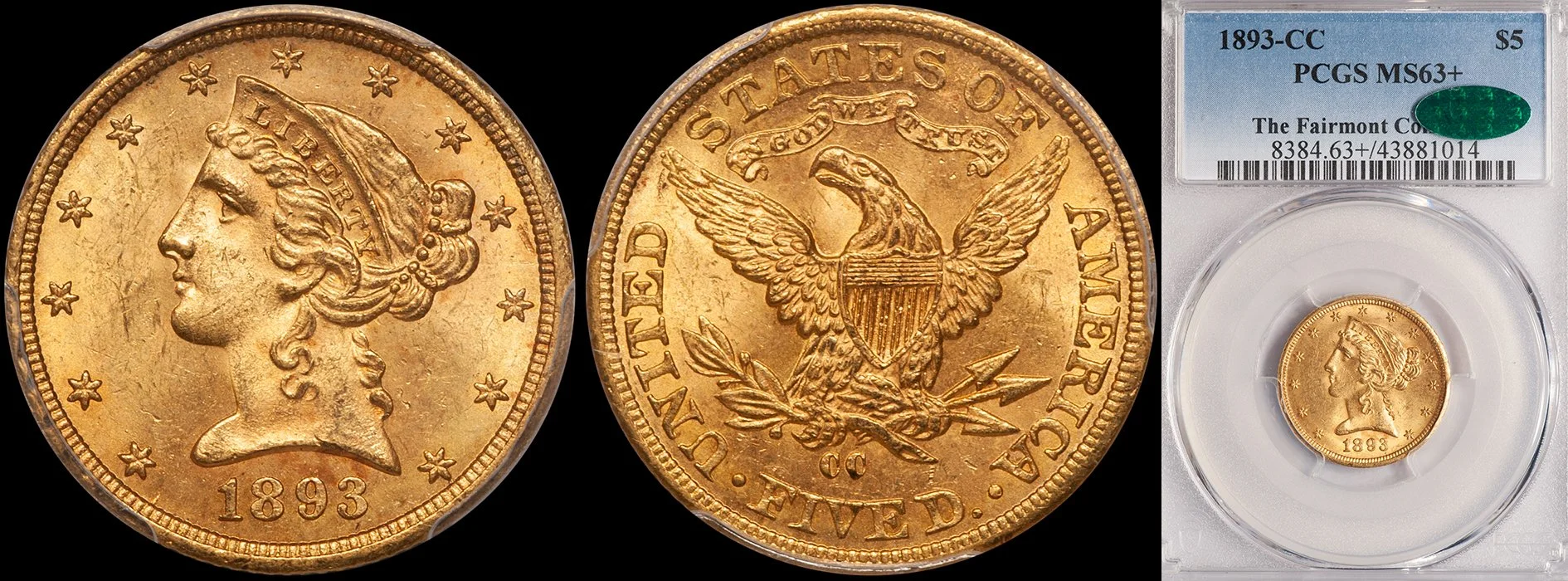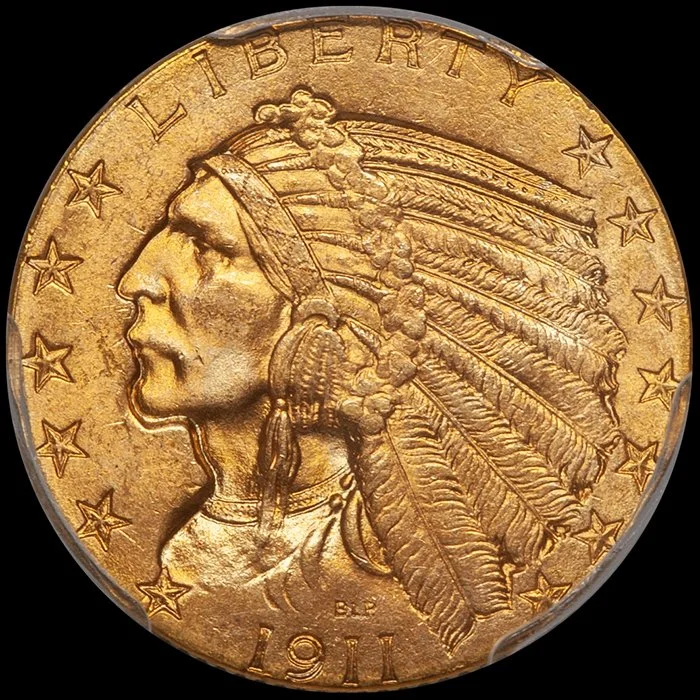You know how I feel about show reports. They tend to be self-serving, inaccurate, biased as hell, and generally not very interesting. Which is why I stopped writing them a few years ago. But most readers of this blog want to know about my experiences at the ANA and my thoughts about the market so I’m going to do what I said I wouldn’t: I’m going to write about the 2013 ANA show but from a perspective that you might not have already heard before.
1. So how was the show?
The ANA summer show has been the Big Kahuna ever since I was a kid and although its impact has slightly waned over the years (for numerous reasons which I will discuss at another time) it’s such a significant show that if you are a dealer with even a reasonable amount of a clue on how to buy and sell coins, you are going to have decent results just on account of being there. On the Doug Winter Show Grading System (with 1 being a show cancelled by a nuclear accident and 10 being the show that a dude walks up to my table with a box of unopened 1873 Proof Sets) I would call the 2013 ANA a 7.5 to 8.0. I was very busy from the beginning to the end. I sold a ton and I bought some very cool numismatic items. More on this later in the blog.
2. Modern coins made huge inroads at the 2013 ANA show.
Chances are good that if you go to your local regional show, you will see moderns. But the ANA wasn’t a place I expected to see dealers like APMEX with the mack-daddy of all coin show tables. (If my hefty-sized table was Oklahoma, they were Texas…) The strong presence of modern and bullion-related dealers at this year’s show sends a clear message: more and more, the coin market is about alternatives to classic or vintage coins.
3. There seemed to be more foreign dealers at the show than usual.
I didn’t count the exact number of Brits, Brazilians, and Bolivians - but taking a stroll through the foreign/ancient section of the show was interesting and, for a coin show, downright cosmopolitan. For me, the ANA has an interesting social aspect. There are overseas dealers who I literally see once per year and my annual three minute "heyhowyadoin’" chat always occurs at the ANA.
4. The ANA remains an overwhelming logistics operation for a one or two-person operation.
I attended the pre-show (ANA Lite) and the regular ANA and committed to a full eight days and seven nights in the process. Even after deciding to blow-off the Stacks Bowers auctions due, frankly, to being overwhelmed, I still found it nearly impossible to accomplish even half of what I wanted to do at the show. I never made it to see the book dealers, missed the exhibits, and failed to talk to at least ten people I wanted to connect with. Being busy is a good thing (and on more than one day, I said to Jenna, “Hey, I’m hungry, let’s eat lunch!” only to look at my phone’s clock and see that it was already 1:47 in the afternoon) but being too busy can be kind of flustering.
5. What do you think about the location of the show, Doug?

I’m about as much of a city guy as anyone you know. I grew up in Manhattan, I vacation in big cities, and my house in Portland is in the heart of downtown. That said, I despise Rosemont and everything it represents. Would I ever spend a minute more in Rosemont than I had to? Of course not. But do I think it’s a good location for a convention? Yes, it’s actually a great location. Dead center of the country. Easy and cheap air access. Nice hotels within walking distance. A small but decent number of good dining options. (Although my Gibson’s overload factor went nearly off the charts this year. The seared crusted Ahi Tuna salad was a wonderful lunch but six days in a row?) If it were up to me, coin shows would be small, highly professional 100 dealer operations that lasted two days/nights at most, and were located in great cities like San Francisco, New York and Boston. But there aren’t so we make do with locations like Rosemont. For me it’s a true love/hate relationship, but when you realize analyze it, it makes sense.

6. Heartfelt congratulations to John Albanese for winning the Sol Kaplan award.
This is presented annually by PNG “for work in helping to fight fraud and thievery in numismatics.” John is one of the good guys in the coin business and he has done more for consumer protection and advocacy than nearly anyone I know. I’m happy to see him get some professional recognition from the PNG.
7. The coin show wasn’t all Rosemont/Gibson’s/Numismatics for me.
I took part of Saturday and most of Sunday off and stayed in downtown Chicago. The highlight of my trip was going to the Art Institute of Chicago. As you might know, I’m a bit of an Art Weenie and the AIC was on my shortlist of great American museums that I had yet to visit. It was worth the wait. It is spectacular and I highly recommend it. I mostly wanted to see this.

8. As you have no doubt read countless number of times in the past year(s), it is hard to buy nice coins now.
For a number of reasons, there are real issues with supply and this is across-the-board; whether you deal in Gem Proof gold or Conder Tokens, nice material is really in short supply. I actually was able to find some pretty neat coins at the show. (That surprised me.) I noticed a drop-off in coins around Wednesday afternoon and the reason for this was clear: PCGS was so slammed by submissions for walk-throughs that they shut off grading - and when I left the show on Friday, they still hadn’t returned coins. Had they done so, I would have had the appetite for more new purchases. And I’m sure so would have other dealers.
9. In Observation #1 I mentioned that the ANA is the Big Kahuna of coin shows...
But for those of us old enough to remember back before, say, 2000, the ANA used to be a lot different. I can recall saving coins for three or four months to sell at the ANA. But that was before the internet made the coin market a 24/7 thing, and it was back when the only spring show of note was Central States, and the next show on the Coin Calendar was the Summer ANA. Back when people used to hold coins, you’d see some wild, wild stuff in dealers' cases. I remember how Dave Akers, Ed Milas, Paul Nugget, Mike Brownlee, and my other gold-coin-heroes would have crazy Territorials I had never seen before, insane early gold and groups of fresh branch mint coins (some of which I could actually buy for my fledgling business), and more. In 2013, the cupboard is pretty bare. Oh sure, I grooved on the Eric Newman silver coins. Legend’s 1894-S Dime was pretty neat, and the Proof 1921 Saint that a dealer friend of mine owns caught my attention. Ah, but for the Good ‘ol Days…
10. There were clear signs of what was hot and what wasn’t hot at the show.
The strongest areas included Carson City double eagles, Type One double eagles, virtually all interesting Liberty Head eagles, Dahlonega gold (I could have sold twenty half eagles had I found any for sale; where the heck are they?), and choice early gold with original color and surfaces.
To those of you who stopped by my table at the Throes in Rose(mont), thanks. And to everyone who has bought one or more of the new coins that I purchased at the show and listed on the website (www.raregoldcoins.com), double thanks.





























